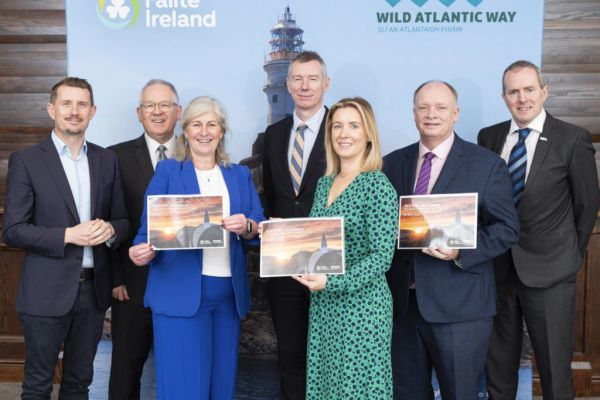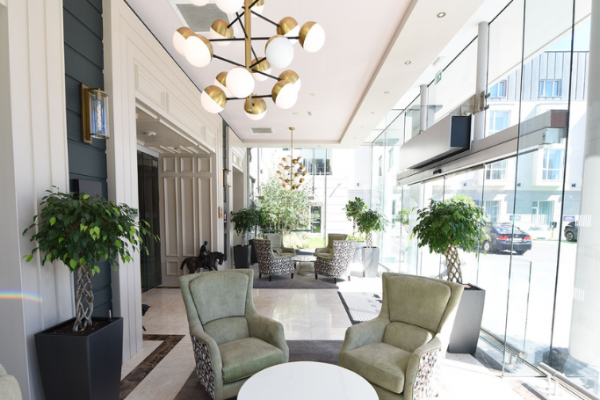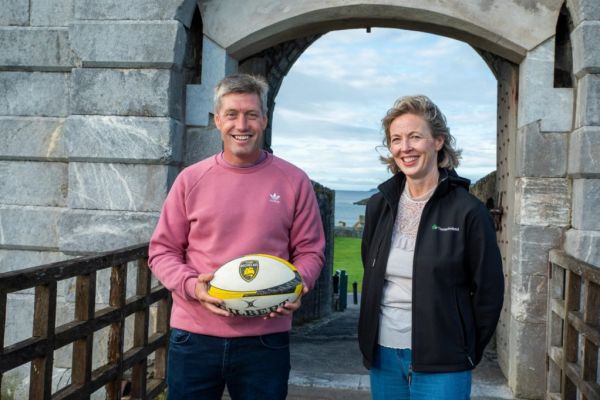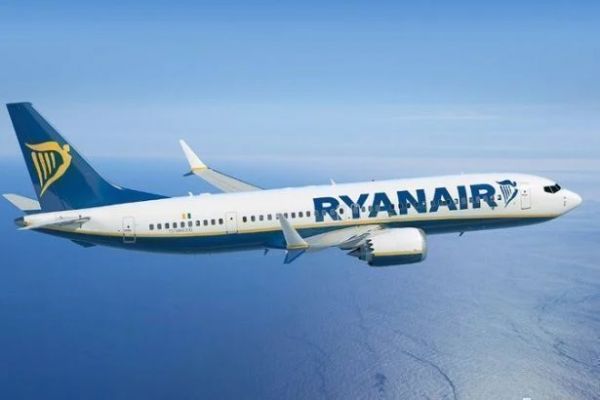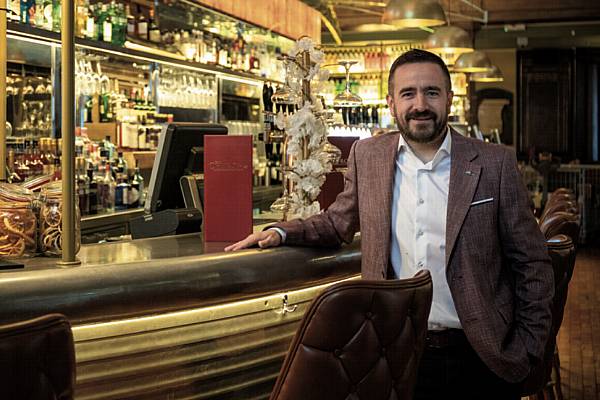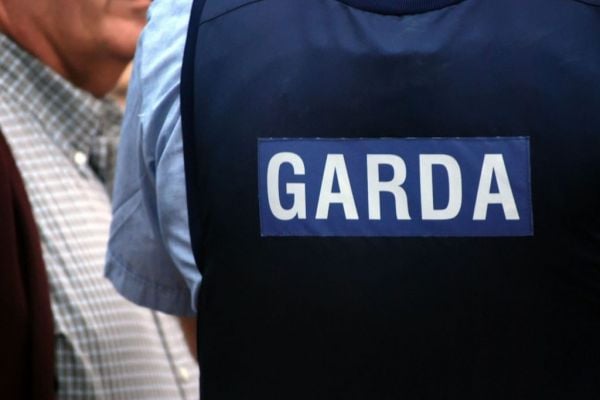Cork has had many visitors throughout its long history including the Celts, the Normans and the Vikings. This is very much evident in its spectacular castles and ancient monasterys.
However, Cork is very much a modern city known for its edgy art scene, exotic food markets and a bustling nightlife. Outside the city, Cork is known for its beautiful wild landscapes and stunning national parks.
With all these factors in mind, Hospitality Ireland decided to examine the top ten visitor attractions in Cork, based on Fáilte Ireland's Visitor Attractions Survey 2022.
1. Doneraile Park
(485,000 visitors)
Doneraile Park takes first place on the list with 485,000 visitors as of 2022. The 160-hectare landscaped parkland and wildlife estate is sometimes referred to as North Cork’s ‘real-life Downton Abbey.’
The house was built by the St Leger family around 1645 on the site of a ruined castle. It was refurbished in the mid-eighteenth century and offers a perfect example of Georgian architecture.
The parklands are designed in the naturalistic style of the famous Capability Brown. They include many water features, plus a parterre walled garden and gardeners’ cottages. There are numerous pathways and graded walks.
Nature lovers can spot red deer, fallow deer, sika deer and Kerry cattle on the estate.
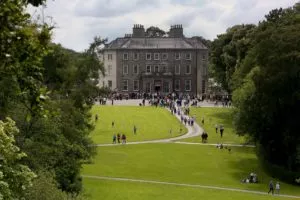
2. Fota Wildlife Park
(415, 045 visitors)
Fota Wildlife Park takes second place with 415, 045 visitors in 2022.
Unlike an ordinary zoo, Fota Wildlife Park chooses animals that thrive in a free-range environment wherever possible, which allows them to roam free, while mixing with other species and human visitors. These species are also able to adjust to the Irish climate.
Located in close proximity to the five star Fota Island Resort, the park caters to visitors of all ages.

3. Blarney Castle & Gardens
(390,000 visitors)
Blarney Castle & Gardens is in third position with 390,000 visitors recorded in 2022.
The Castle is situated in Blarney Village which is 8km northwest from Cork city in the South of Ireland. It was built nearly six hundred years ago by one of Ireland’s most legendary chieftans, Cormac MacCarthy.
Blarney Castle is set in over 60 acres of stunning parkland, filled with rare and unusual plants and trees.

4. Crawford Art Gallery
(205, 000 visitors)
Crawford Art Gallery follows in fourth place with 205,000 visitors as of 2022.
The gallery's collection comprises of over 3,000 works, ranging from eighteenth-century Irish and European painting and sculpture, through to contemporary video installations.
The cultural institution is located in a heritage building in the heart of Cork city and includes an award-winning Café serving fresh local food.

5. Fota Arboretum & Gardens
(135,775 visitors)
Fota Arboretum & Gardens takes fifth place with 135, 775 visitors as of 2022.
An arboretum is a botanical collection that focuses mostly on trees. In an arboretum, specimens of trees, shrubs, and sometimes herbaceous plants are specifically planted for scientific and educational purposes.
Thanks to the gentle climate offered by Cork harbour, rare plants flourish here and Fota’s gardens attract garden lovers and specialists who travel from across the world to see its arboretum, gardens, and plant collections up close.
Visitors can explore gardens laid out by James Hugh Smith-Barry in the first half of the 19th century.

6. Leahy's Open Farm
(102,000 visitors)
Leahy's Open Farm takes sixth place with 102,000 visitors as of 2022.
It is situated 4km from the village of Dungourney in the East Cork countryside and focuses on all aspects of rural life
The farm has a range of animals including alpacas, donkeys, a snake, sheep, goats and horses. Youngsters can enjoy the playground, adventure trail, crazy golf, go carts and a mystery maze.

7. Jameson Distillery Middleton
(100,000 visitors)
Jameson Distillery Middleton had 100,000 visitors as of 2022.
The Midleton Distillery Experience aims to take visitors on a journey from past to present with flagship distillery and behind-the-scenes tours, prestige portfolio tastings, cocktail making masterclasses and an Irish Whiskey Academy, all fully hosted across a 15-acre site. Visitors learn about the field-to-glass processes responsible for the whiskey that bears John Jameson’s name.
Jameson Ambassadors guide visitors around some of its key buildings, including the warehouses and the microdistillery. The tour finishes with a chance to do a guided comparative tasting of three famous whiskeys, one being Jameson.

8. The Titanic Experience
(94,000 visitors)
In the self-guided Titanic Experience, visitors uncover the sights, sounds, smells and stories of the ship, as well as the people and city that made her.
The themed one-way route journeys through boomtown Belfast and the shipyard where the liners were built, to the launch, fit out and maiden voyage, before discovering more about the sinking, aftermath, the quest to find Titanic and her final resting place.
The tour looks at the ordinary lives that were impacted by the Titanic and offers a collection of unique Titanic artefacts.

9. Charlesfort
(86, 704 visitors)
Charlesfort is one of the Ireland’s largest military installations and has been part of some of the most important events of Irish history.
The star-shaped structure of the late seventeenth century was designed by William Robinson, architect of the Royal Hospital in Kilmainham, Dublin.
Some of the outer defences are 16 metres high and the view from the ramparts looking out over Kinsale Harbour alonemake it worth a visit.

10. Spike Island
(66,000 visitors)
Spike Island is not a typical tourist attraction.
St Mochuda founded the monastery in the 7th century and it was a home to monks for 300 years. In 1779, work began on a fortress and this would become the 24 acre Fort Mitchel which survives on the island presently.
Today the island has several museums and exhibitions on its social, military, penal and monastic past. The island offers spectacular views for those who complete the 'Ring of Spike', a 5km walking trail.


